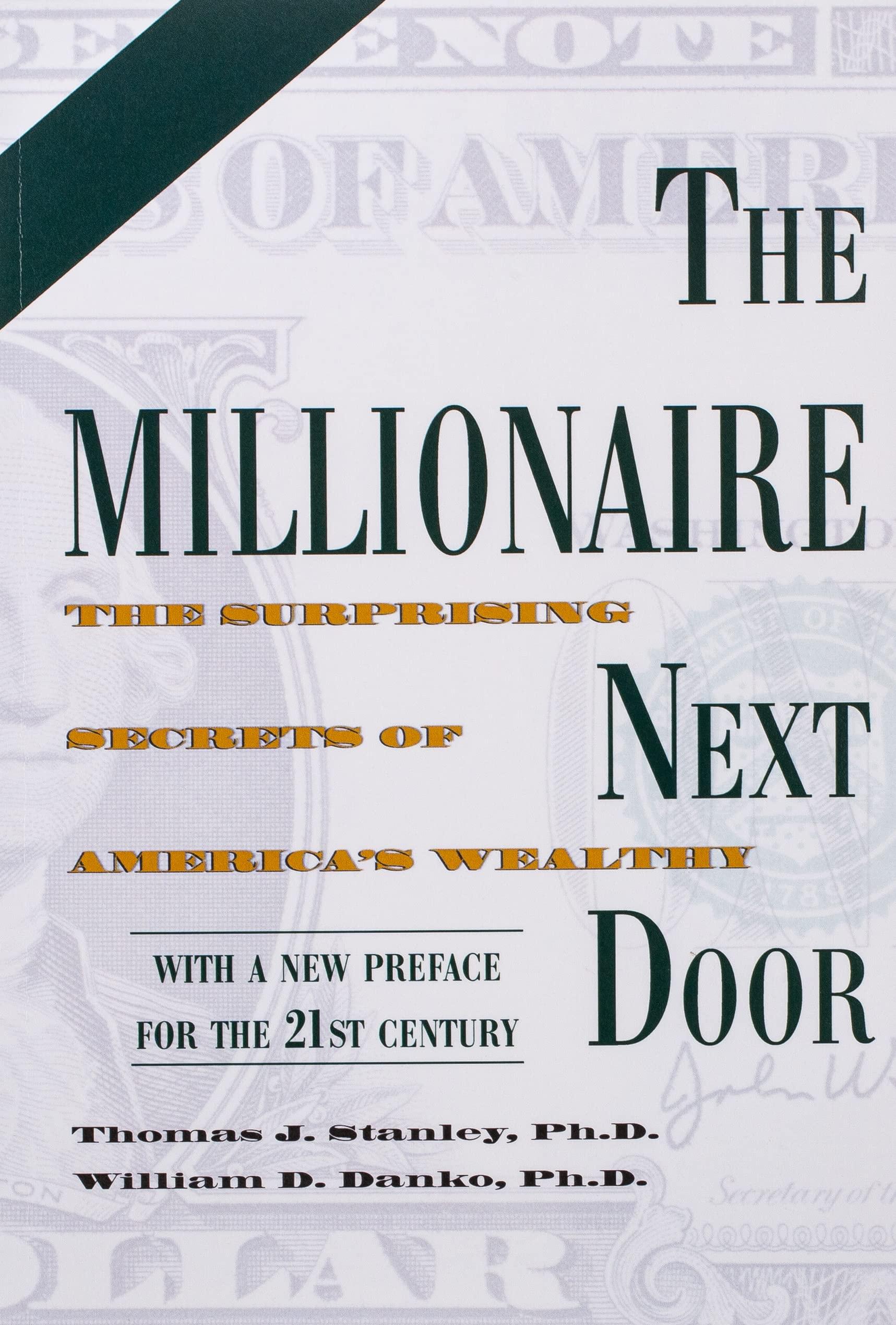Question
t Company has an opportunity to invest in one of two new projects. Project Y requires a $310,000 investment for new machinery with a six-year
t Company has an opportunity to invest in one of two new projects. Project Y requires a $310,000 investment for new machinery with a six-year life and no salvage value. Project Z requires a $310,000 investment for new machinery with a five-year life and no salvage value. The two projects yield the following predicted annual results. The company uses straight-line depreciation, and cash flows occur evenly throughout each year. (PV of $1, FV of $1, PVA of $1, and FVA of $1) (Use appropriate factor(s) from the tables provided.)
Project Y Project Z
Sales $365,000 $292,000
Expenses
Direct materials 51,100 36,500
Direct labor 73,000 43,800
Overhead including depreciation 131,400 131,400
Selling and administrative expenses 26,000 26,000
Total expenses 281,500 237,700
Pretax income 83,500 54,300
Income taxes (34%) 28,390 18,462
Net income $55,110 $35,838
Required:
1. Compute each projects annual expected net cash flows.
2. Determine each projects payback period.
3. Compute each projects accounting rate of return.
4. Determine each projects net present value using 7% as the discount rate. Assume that cash flows occur at each year-end. (Round your intermediate calculations.)
Required: 1. Compute each projects annual expected net cash flows.
| Fill in the blank with the appropriate input: |
| Net Income Pretax Income Sales Total Expenses | ||||||||||||||||
|
| ||||||||||||||||
| ||||||||||||||||
2. Determine each projects payback period.
Fill in the blank with the appropriate input:
| Accounts receivable Annual net cash flow Average total assets Cost of goods sold Cost of investment Current assets Current liabilities Income before interest and inc tax Net incomeinput options | ||||||||||||||||||||||||||||||||||||
|
| ||||||||||||||||||||||||||||||||||||
| ||||||||||||||||||||||||||||||||||||
3. Compute each projects accounting rate of return.
Fill in the blank with the appropriate input:
| Accounts receivable Annual after-tax net income Annual average investment Annual pre-tax income Average total assets Cost of goods sold Current assets Current liabilities Net salesinput options | ||||||||||||||||||||||||||||||||||||
|
| ||||||||||||||||||||||||||||||||||||
| ||||||||||||||||||||||||||||||||||||
4. Determine each projects net present value using 7% as the discount rate. Assume that cash flows occur at each year-end. (Round your intermediate calculations.)
|
|
| ||||||||||||||||||||||||||||||||||||||||||||||||||||||||||||||||||||||||||||||||||||||||||||||||||||||||||||||||||||||
|
| |||||||||||||||||||||||||||||||||||||||||||||||||||||||||||||||||||||||||||||||||||||||||||||||||||||||||||||||||||||||
| |||||||||||||||||||||||||||||||||||||||||||||||||||||||||||||||||||||||||||||||||||||||||||||||||||||||||||||||||||||||
Step by Step Solution
There are 3 Steps involved in it
Step: 1

Get Instant Access to Expert-Tailored Solutions
See step-by-step solutions with expert insights and AI powered tools for academic success
Step: 2

Step: 3

Ace Your Homework with AI
Get the answers you need in no time with our AI-driven, step-by-step assistance
Get Started


